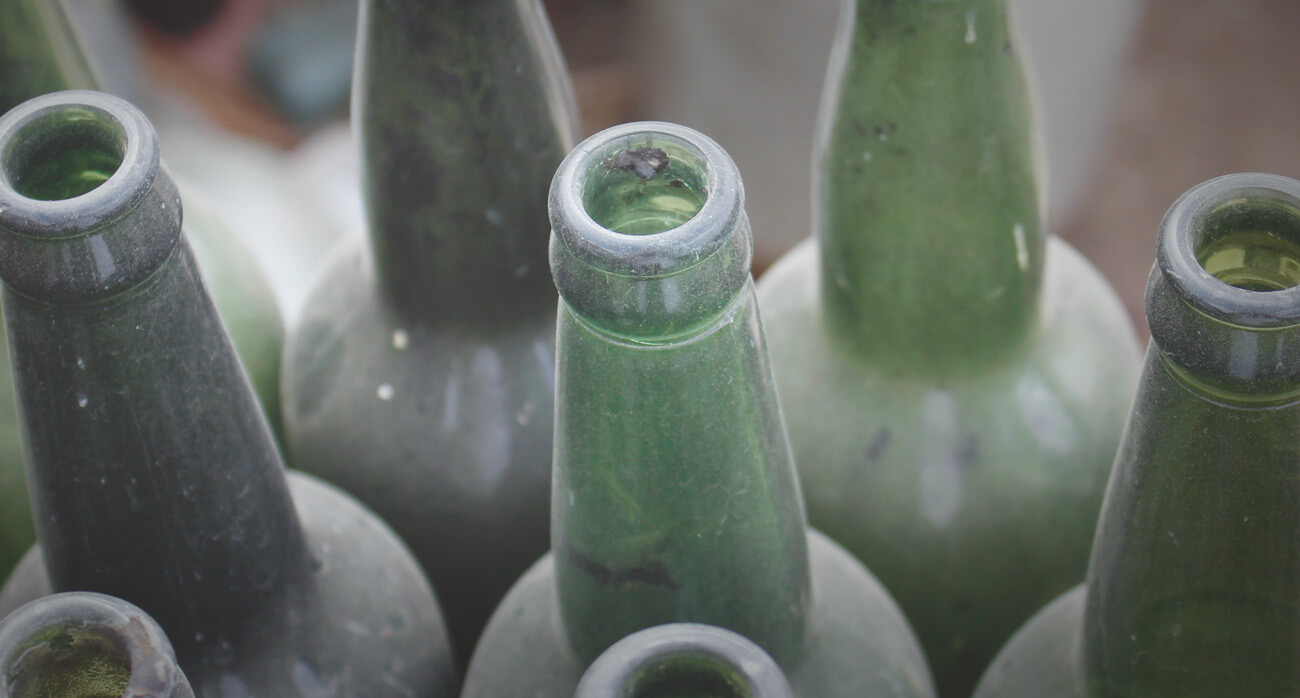
05 Aug Fresh or Aged? 5 Things You May Not Know About Cellaring Beer
Fresh or Aged? 5 Things You May Not Know About Cellaring Beer
Live beer. Drink fresh. Drink now. Drink yesterday. There’s a lot to say about fresh beer, but what about sitting on it for a year or two?
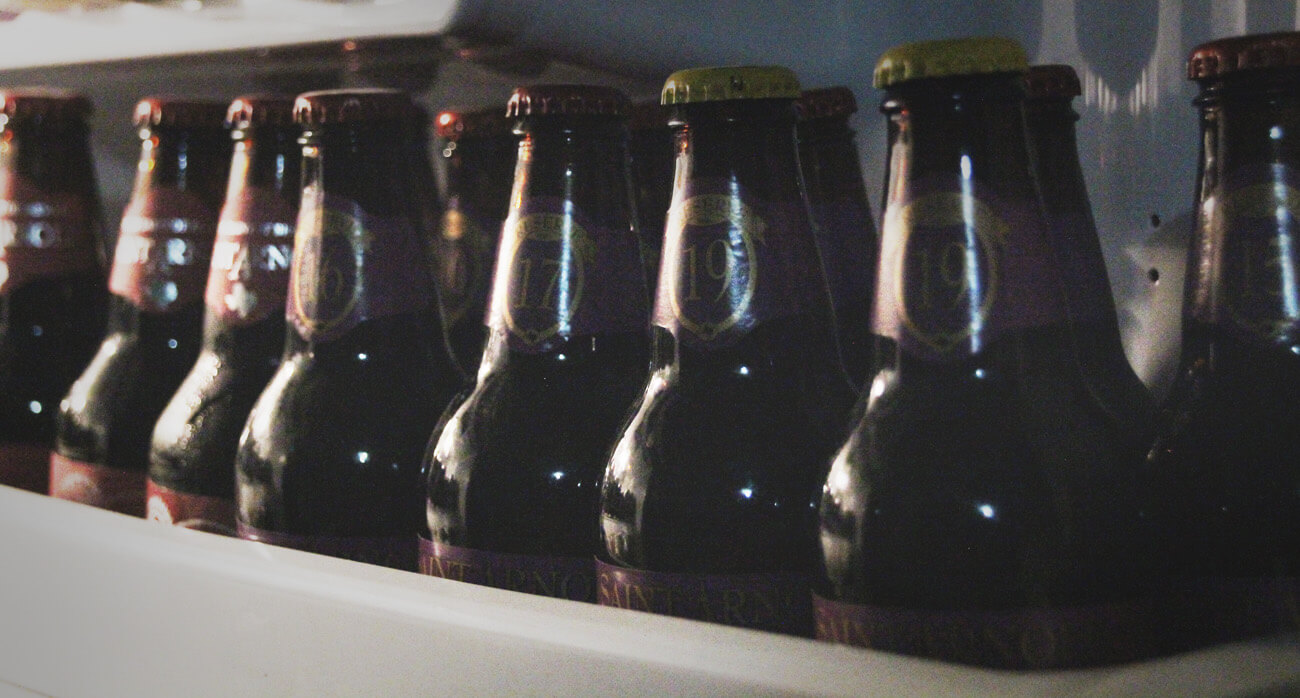
Cellaring beer isn’t always exactly what it sounds like.
I mean, maybe for some people who live where it’s not 1,000 degrees outside and have basements. But for the rest of us, it’s a little different setup.
Most beers are intended to be consumed fresh, especially those that are hop-heavy. Hops degrade over time and become less bright, leading to a more malty taste. (But Tony still likes to age some of his favorite IPAs for a year just to see what happens.)
However, beers like imperial stouts and sours hold up beautifully over time, sometimes up to 5 years! Therefore, it’s very common for beer connoisseurs to have a “cellar” at their house full of all sorts of goodies.
The two things to avoid when hoarding beers are light and heat.
Cans obviously have the advantage over bottles since they’re opaque, but temperature affects all packaging styles. Light kills beer, and that’s what causes skunking, but temperature can wreak just as much havoc.
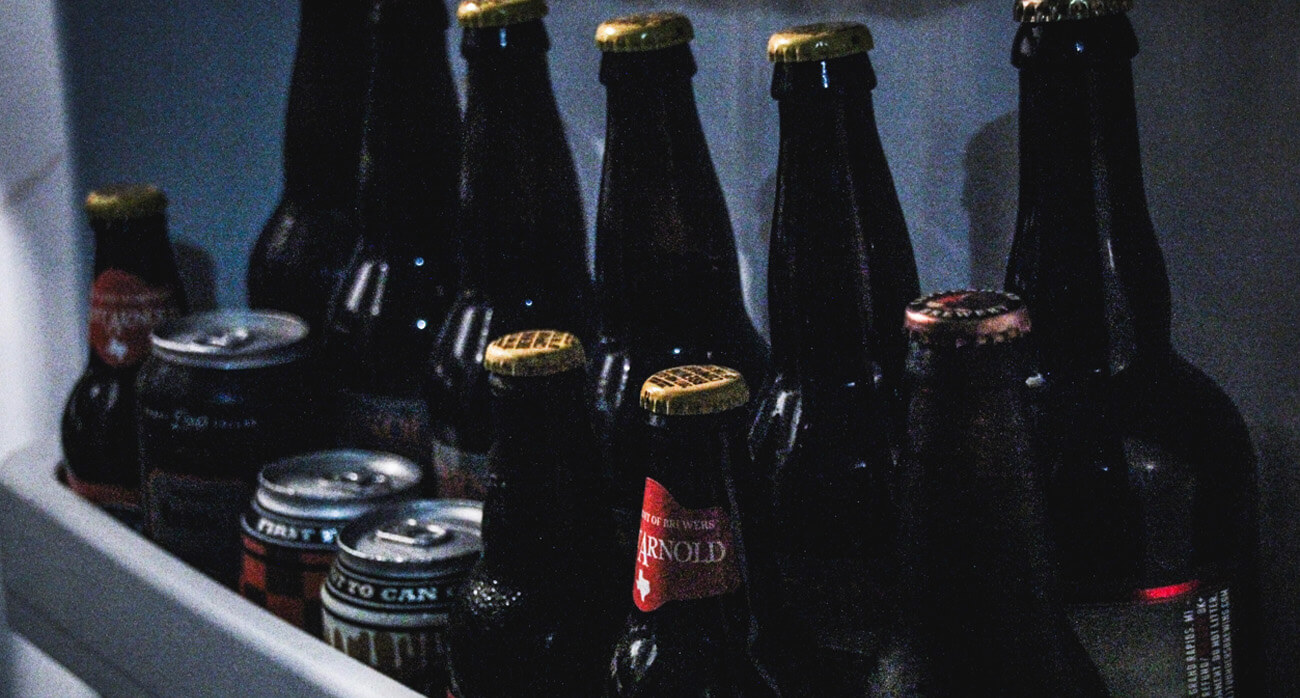
Now, you don’t have to keep your stash in your fridge, though that’s ideal. Popular locations are closets, under beds, (or really any place where your wife won’t find them).
I keep my bottles and cans in liquor boxes under my bed. The boxes have dividers, so they don’t bang around, and they only hold 12 at a time, so they’re easy to move around.
Now, I haven’t found a good way to manage my beer cellar and keep track of what I have. There are a handful of apps that I’ve checked out, but the best method for me so far has been through my phone’s calendar. I set up a reminder a few days out from the 1 year mark. This helps remind me to take the bottle out of my cellar and put it into the fridge to chill prior to its birthday.
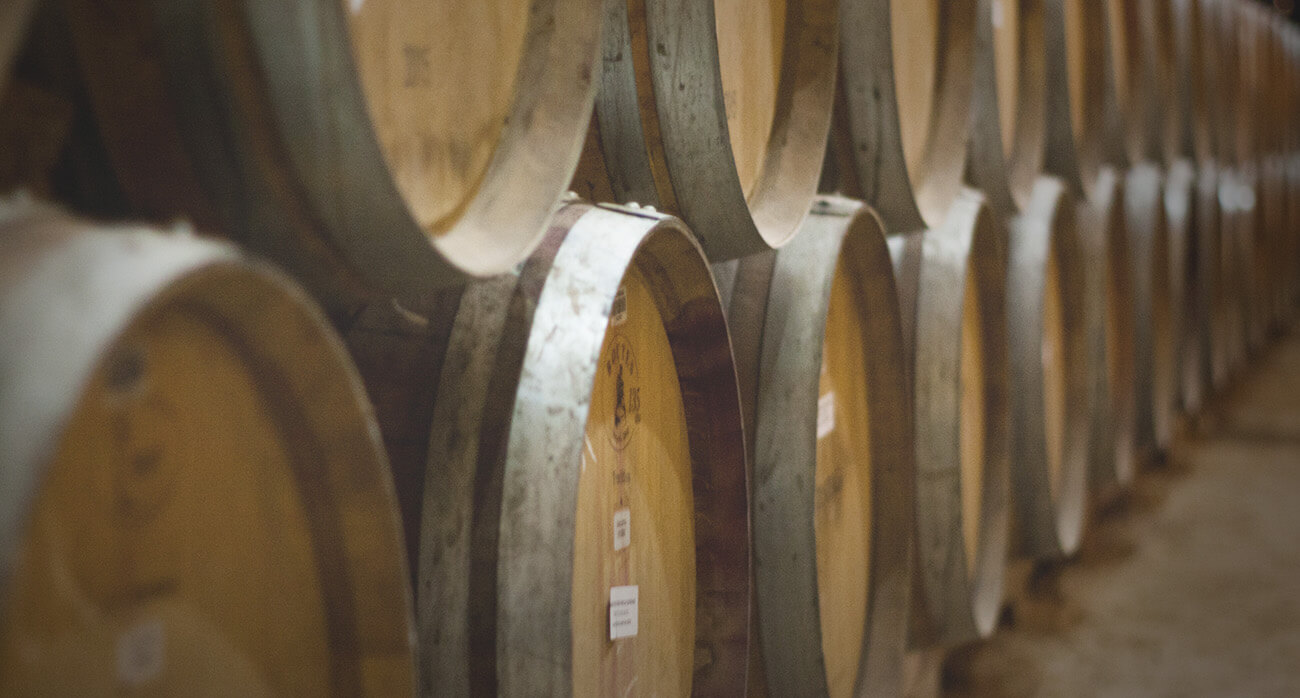
If you’re looking to get into the practice of cellaring, or are just curious about how it works, here are 5 things to know:
1. Beers change over time
Coffee stouts blend better with age, and sours get more fruity. It’s a fun experiment! With certain beers, I like to buy 2 bottles each year. I drink one fresh and another one a year later, then compare notes. If I’m feeling extra fancy, I’ll buy 3 and keep the third for a vertical later (see #2 below).
2. Verticals are super-duper awesome
Ever done a beer vertical? I highly recommend them! Sure, it takes a few years to get set up, unless you’re all about those trades, but it’s a unique opportunity to try several years’ versions of the same year and compare side-by-side. I did a Pumpkinator vertical at Saint Arnold in 2017, and it was one of my favorite beer experiences ever.
3. You can cellar any beer if you’re brave enough
Like I said earlier, I wouldn’t recommend things like IPAs or pale ales, but there are plenty of other styles to explore and see how they end up. Sours and imperial stouts are the best, but I’ve seen some farmhouse ales and plenty of barleywines age wonderfully as well.
4. Some years of a beer are more highly sought after than others
Much like wine, beer people seek out certain years of different beers, claiming one year was better than another. I’ve certainly experienced changes between years and keep such notes on my personal beer list. It’s a fun discussion to have with friends at your next bottle share.
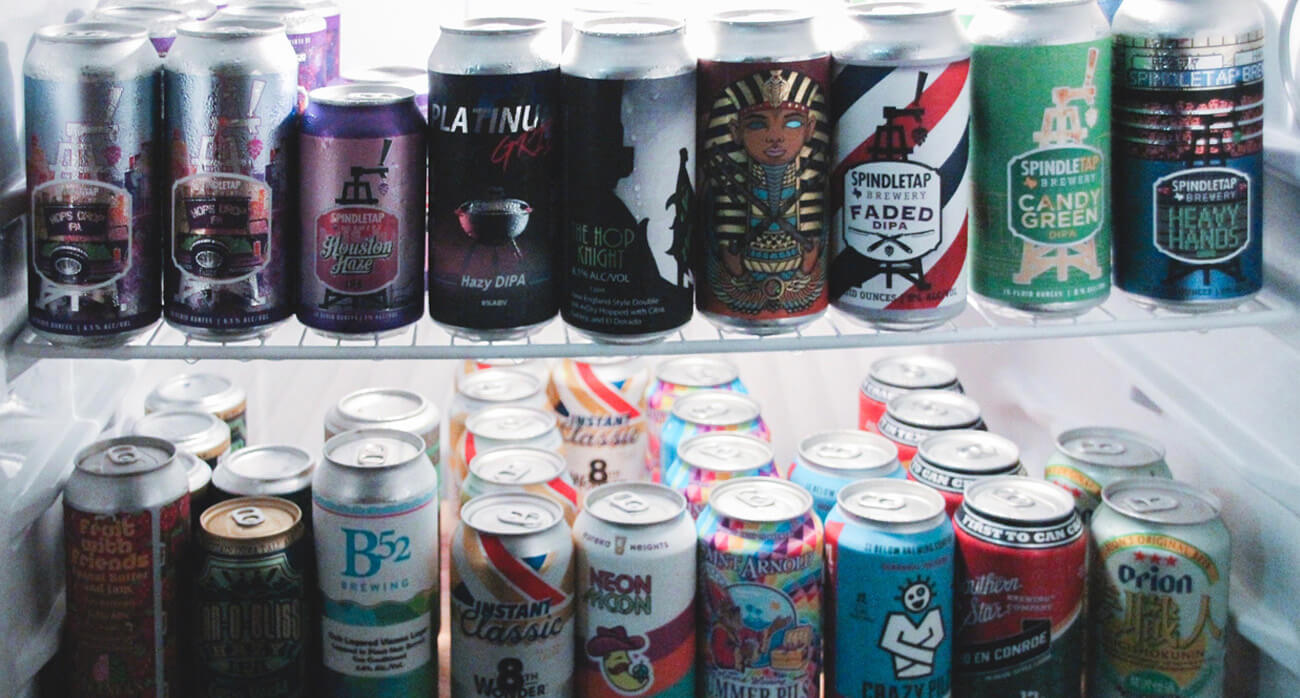
5. Cellared beers can be resold
And it happens a lot. Beer traders purposely buy beer for their cellars, typically with the intent of drinking later. However, that can result in an overabundance of bottles, and you see “cellar sales” on social media all the time.
Cellaring beer is more common than you think. Not everybody refers to it by that term, but just about everyone I know in the beer world has a stash in a closet somewhere or the back of their fridge.
It’s fun, experimental, and it provides a different way to enjoy beer.
Are you already a cellar master? Or are you looking to get started?
Send us a message some time and tell us how you store your beers. We’d love to hear more!

Brent is originally from Ohio but has been in Houston for over 10 years. As an Aggie, musician, animal advocate, and Lego collector, he always has something going on. If you have an imperial stout, come find him. He’ll want to add it to his insatiable beer spreadsheet.




Mike
Posted at 18:21h, 07 AugustBe careful with aging coffee stouts, especially at room temperature. Coffee can often turn into a harsh green pepper flavor as it ages. I’ve had several imperial stout bottles turn into green pepper bombs after a year in the pantry, so now all my coffee beers stay in the fridge and get opened within a year.
Brent Topa
Posted at 23:12h, 23 FebruaryHi Mike, you’re absolutely right. Coffee stouts, in my experience, don’t last more than a year in the cellar. Coffee drops off really quickly and as you said, can change dramatically in flavor.